Featured Panoramic Photo Above:
Classic Charles Conlon photo of Ty Cobb sliding into Jimmy Austin
Baseball History Comes Alive Now Ranked As a Top Five Website by Feedspot Among All Baseball History Websites and Blogs!
(Check out Feedspot's list of the Top 35 Baseball History websites and blogs)

Guest Submissions from Our Readers Always Welcome! Click for details
Subscribe to Baseball History Comes Alive for automatic updates (sign-up block found in right side-bar)
As a Free Bonus for subscribing, you’ll get instant access to my two Special Reports: Memorable World Series Moments and Gary’s Handy Dandy World Series Reference Guide!
Hack Wilson Photo Gallery
Click on any image below to see photos in full size and to start Photo Gallery:
Ballplayers and Their Children, Part Three:
Hack Wilson and Son Bobby
“Hungover, yes, many times…drunk? no.” -Hack Wilson, responding to a reporter’s question if he ever played drunk.
The diminutive Hack Wilson was one of the most accomplished power hitters in the game during the late 1920s and early 1930s. His 1930 season with the Cubs is widely considered one of the most remarkable individual single-season hitting performances in baseball history. Highlights include 56 home runs (which stood as the National League record for 68 years), .356 batting average, .454 on-base percentage, league-leading .723 slugging percentage, and 191 RBIs – a mark which has stood for 74 years and may never be broken. “For a brief span of a few years,” wrote a sportswriter of the day, “this hammered down little strongman actually rivaled the mighty Babe Ruth.”
In the featured photo, we see Hack Wilson with son Bobby, from the wonderful collection of photographer George Brace.
Lewis “Hack” Wilson was born on April 26, 1900 in Ellwood City, Pennsylvania. In a 12-year major league career – undoubtedly cut short by alcohol and a penchant for fighting – Hack hit for a .307 lifetime batting average with 244 home runs and 1,063 RBIs. He led the National League in home runs four times and drove in over 100 RBIs six times. Standing only 5 feet 6 inches tall, Wilson carried a 195-pound frame with an 18-inch neck. As a sportswriter once observed: “He was built like a beer keg, and was not unfamiliar with its contents.”
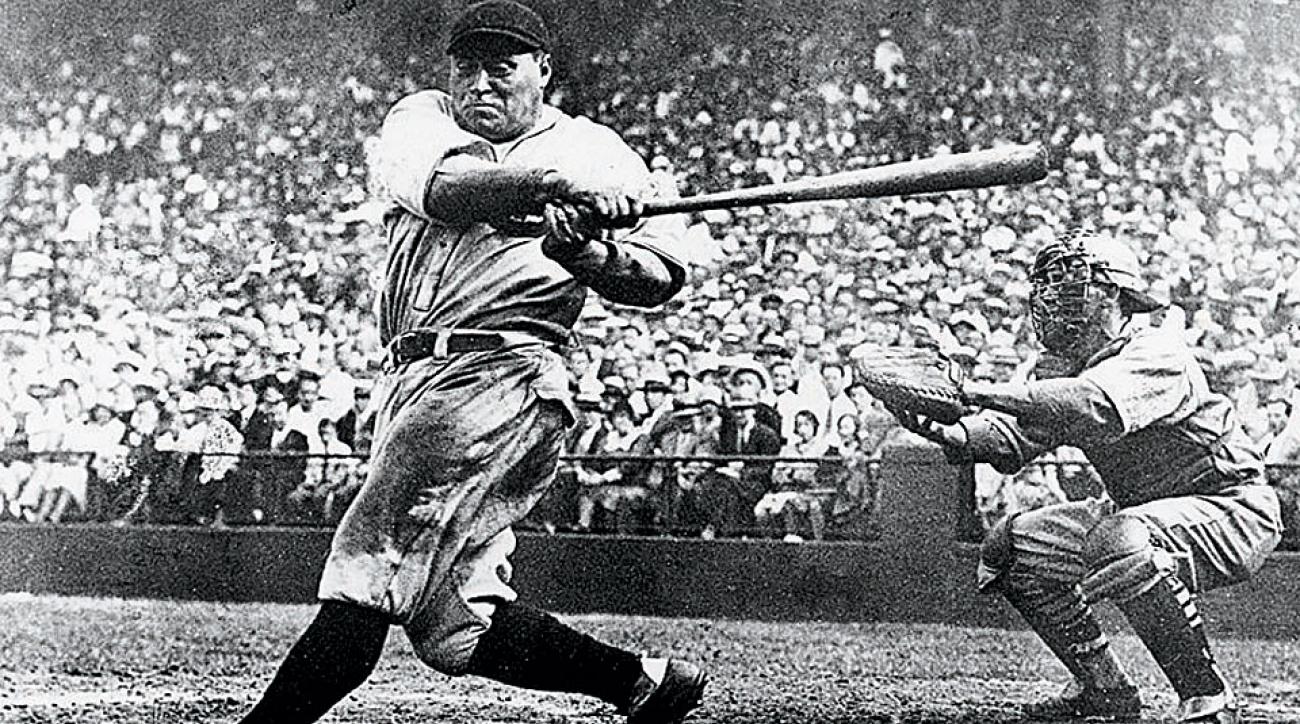
Although Wilson played on four teams, his finest years were with the Cubs from 1926-31. In 1925, a front office oversight by the Giants left Wilson unprotected and had allowed Cubs’ president William Veeck, Sr. to “snatch him away” on waivers from the Giants’ minor league affiliate, the Toledo Mud Hens. It was a mistake McGraw openly acknowledged as one of the worst in his career. As Giants’ outfielder Ross Youngs described it: “They let go the best outfielder I ever played against…and they’re going to regret it.”
And what a boon he was for the Cubs! Wilson became one of the most popular and productive players in club history and fans flocked into Wrigley Field in droves to see the barrel-chested slugger hit. By 1929 the Cubs were in the World Series for the first time since 1918.
Hack’s rapid decline can be traced to when Joe McCarthy left the Cubs after the 1930 season. Wilson never adjusted to his new manager Rogers Hornsby’s abrasive, controlling style. Hornsby, Wilson, said, “did not allow me to ‘swing away’ as much as Joe McCarthy did.” After repeated confrontations and a protracted slump, he was benched in late May. Suspension and fines followed after a fight with reporters aboard a train, and he was soon traded away to the Brooklyn Dodgers where his power numbers tailed off dramatically. After a short stint with the Phillies in 1934 he was out of the game.
In later years, the hard-drinking Wilson fell on hard times. He was rejected by his wife and when he died in 1948, his body went unclaimed for two days until the National League paid $350 for his burial and a headstone. When asked about his drinking during his playing days, Wilson always insisted that he never played drunk. “Hungover, yes, many times…drunk? no.” Hack Wilson was elected to the Hall of Fame in 1979 by the Veteran’s Committee.
All that is known of his son Bobby, pictured here, is that he grew up to be a school principal in Martinsburg, West Virginia. In later years, he nominated his father for the Hall of Fame.
Gary Livacari
Subscribe to our website, “Baseball History Comes Alive!” with over 1100 fully categorized baseball essays and photo galleries, now surpassing the half-million hits mark at 592K hits: www.baseballhistorycomesalive.com
Enter our February Baseball Trivia Contest with A $50 Amazon Gift Card Grand Prize. Current topic: So You Think You Know A Lot About Babe Ruth…https://wp.me/p7a04E-8wx
Check out our new Blog Page. Your comments welcome. Current Blog topic:”The Music of Baseball” //wp.me/p7a04E-8i5
Information: Excerpts edited from Hack Wilson Wikipedia page
Check out my latest book, recently nominated for the SABR 2020 Lawrence Ritter Award: “Reflections on the 1919 Black Sox: Time to take Another Look,” now available on Amazon in e-book and paperback. All profits go to the Illinois Veterans Foundation: https://amzn.to/2uk6KBU
Add your name to the petition to help get Gil Hodges elected to the Hall of Fame (with voting now postponed until December 2021): https://wp.me/P7a04E-57h

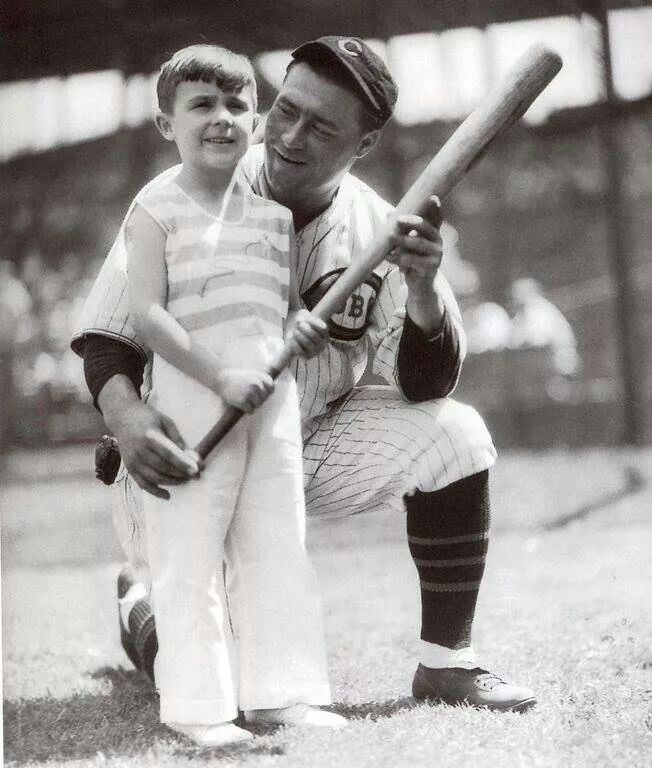
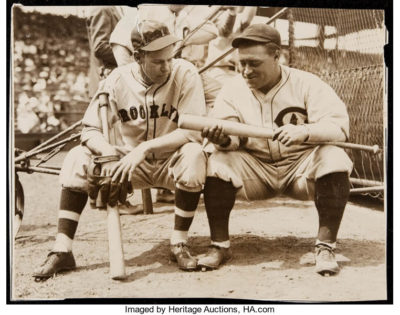
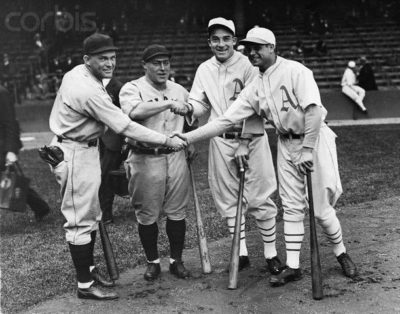
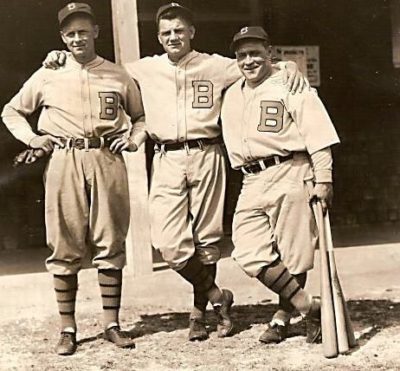
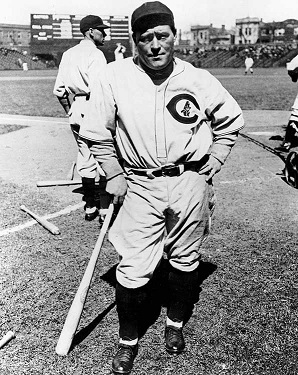
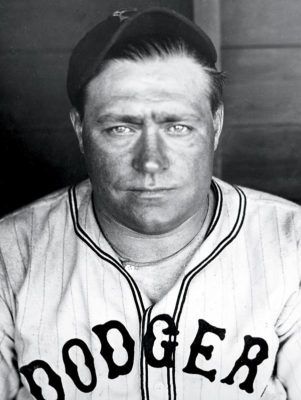
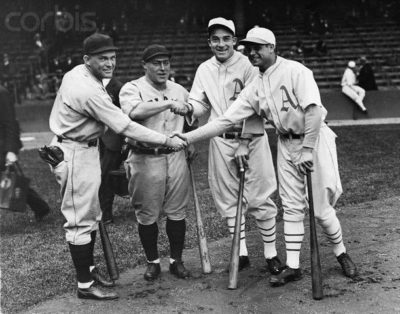
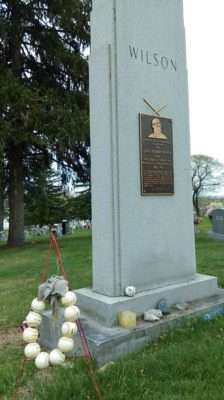
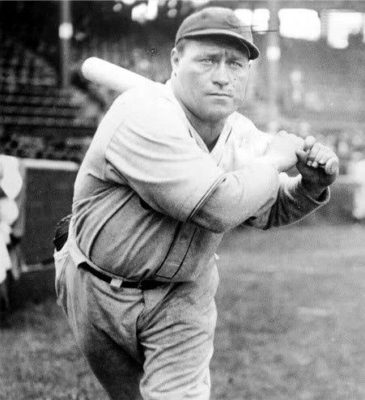
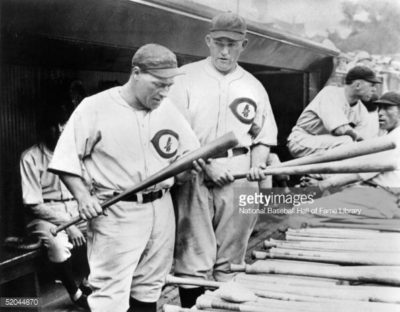
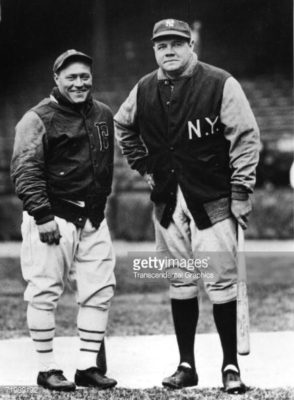
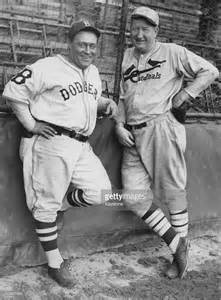
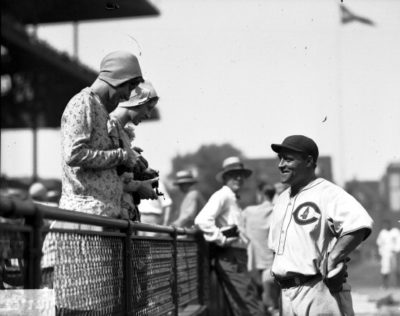
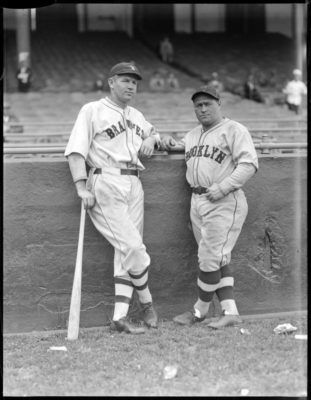
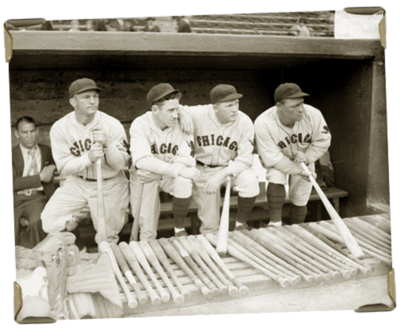
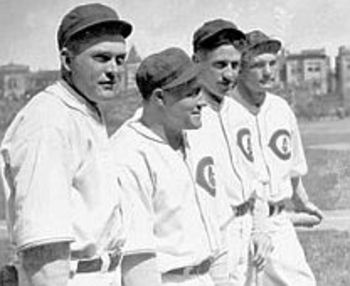
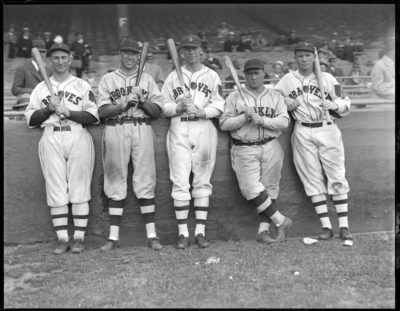
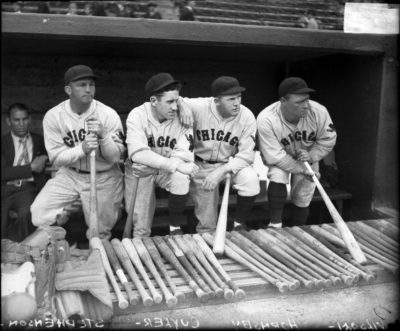
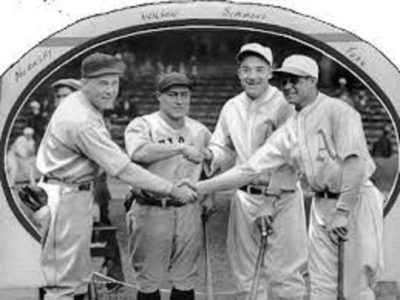
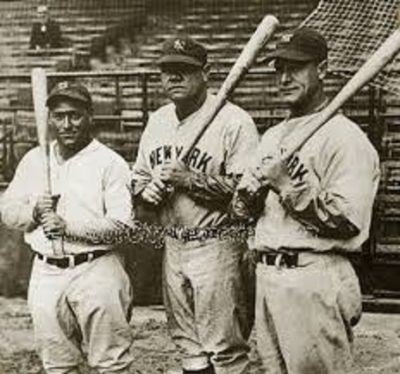
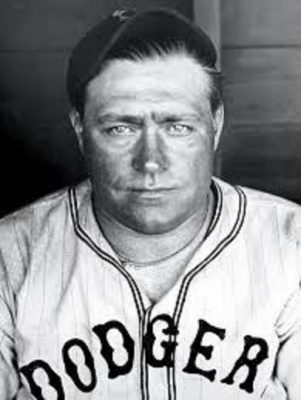
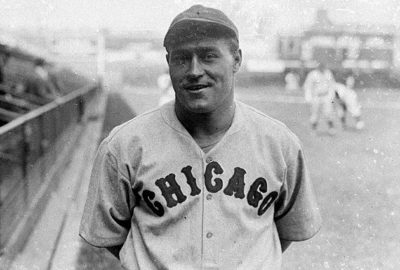
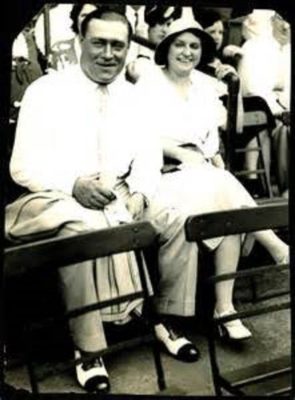
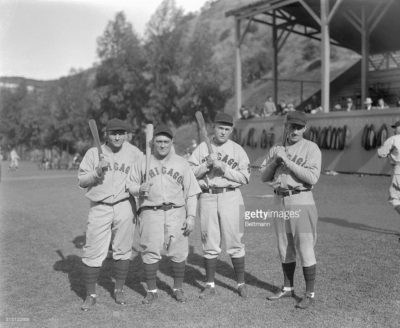
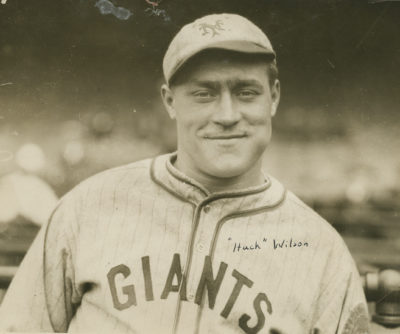
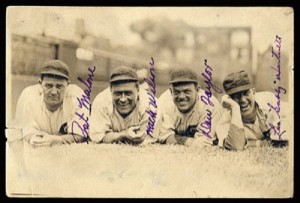
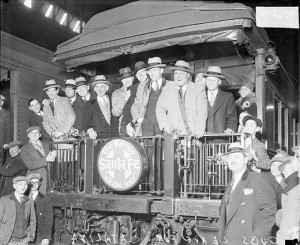
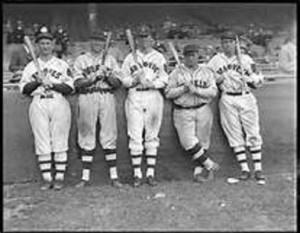
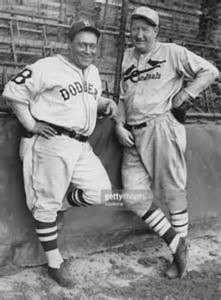
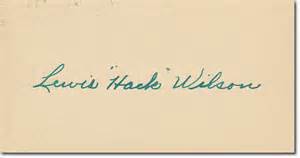
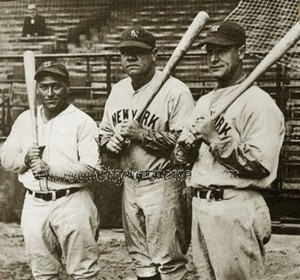

The very best ballplayer and child story I ever heard was, supposedly Mickey Mantle once told Johnny Bench, who was expecting a son at the time, not to name him Johnny. “Why not?”, said JB, “You named your son Mickey”. Mantle replied, “Yeah, but that was before I was MICKEY MANTLE!”
Thanks Dave, that’s a good one. And you’ve got a pretty famous name in baseball circles too!
I never heard of “Beauty” until I was about 14 or 15, in 1973 or ’74 or so. A buddy of mine took a trip to Cooperstown to the HOF. He sent me back one of those postcards you can buy with the players plaques on them. It was of Dave Bancroft and my friend wrote, “I didn’t know you were an old timer, plus I didn’t know you were that good!”
Hack Wilson had another nickname, after he missed a couple of pop flies in the 1929 World Series, he called was called “Sunny”. He stated that he lost them in the sun. A talented ball player , but because of alcohol and his combative nature, he is forgotten. His 191 R.B.I.S is one record that will never be broken.
Right, Sean, the 191 will stand.
Incredibly sad story, Gary. I wouldn’t wish Rogers Hornsby on anyone.
Wilson’s odd dimensions-massive head, torso, short legs, small hands and feet-are apparently fetal alcohol syndrome. His mother was an alcoholic.
Poor Hack seemed doomed from birth. Nice, though, that he made it to the Hall.